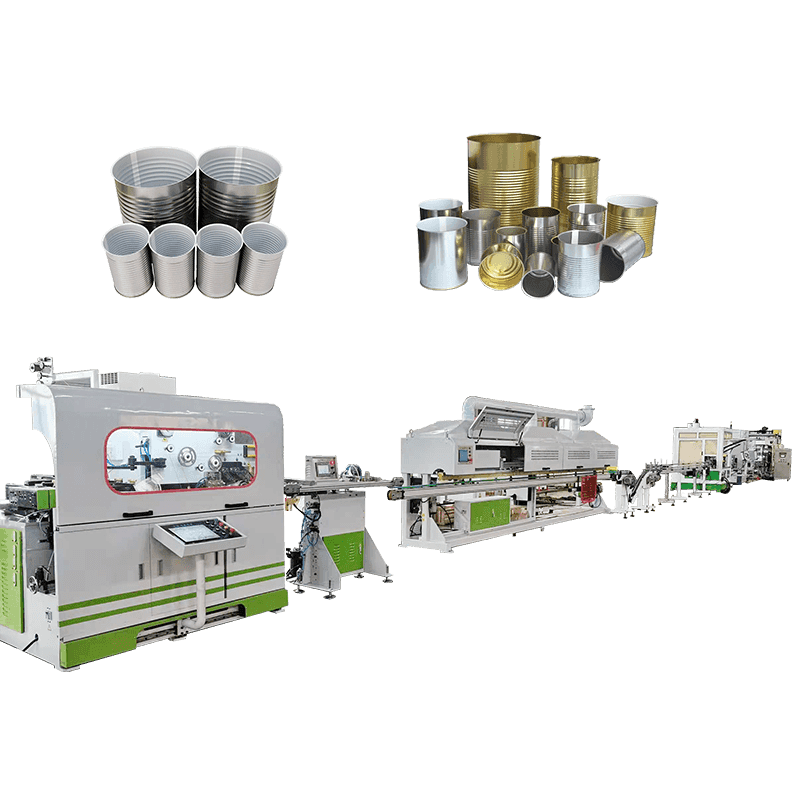In the modern metal packaging manufacturing industry, the 2 piece DRD can production line has been widely used in the can manufacturing fields such as beverages, food and chemicals due to its advantages of high efficiency, continuity and stable finished product quality. With the gradual deepening of automation technology and intelligent manufacturing concepts, the stability and safety of the production line have also been placed in a more important position. In this context, whether it has fault self-detection and emergency shutdown protection functions has become an important indicator of the intelligence and safety level of a DRD production line.
The manufacturing process of the two-piece DRD can mainly includes multiple continuous links such as disc shearing, deep drawing, redrawing, trimming, cleaning, and drying. This process has a high dependence on the stable operation of the equipment. Once an abnormality occurs in a certain link, it will not only affect the product qualification rate, but also may cause mold damage, material waste, and even personal injury.
Modern DRD can production lines generally use integrated control systems to collect real-time data on key nodes through sensors, encoders, servo motors and other devices. These data may include equipment operating status, pressure changes, temperature feedback, mold position, feeding rhythm, etc. Once the system detects a deviation from the set parameters, such as misaligned feeding, abnormal pressure, mold jamming, or increased component temperature, it will start a self-check response to determine whether it is necessary to interrupt the operation and prompt the operator to check. Through such an early warning mechanism, small problems can be effectively prevented from evolving into major failures, ensuring production continuity while avoiding resource waste.
In addition to the fault self-checking capability, the emergency shutdown protection function is an important part of ensuring human and machine safety. There are often multiple emergency stop buttons on the production line, and these devices are reasonably laid out to facilitate staff to respond quickly in any emergency. When a person triggers the emergency stop device, the entire production line will immediately interrupt the power output, and the key parts will be locked through the control system to stop the moving parts, thereby effectively preventing the accident from further expanding. In some high-standard equipment, there will also be a safety light curtain or area sensing system. Once it is detected that a person has mistakenly entered a dangerous area, it will automatically trigger the shutdown procedure to improve the overall protection capability.
Some DRD production lines also support status recording and historical fault backtracking functions to help managers determine the equipment operation trend through data analysis and perform preventive maintenance. This maintenance method is different from traditional passive maintenance. It not only reduces the maintenance frequency, but also extends the service life of the equipment to a certain extent and improves the efficiency of production capacity utilization.
At the operational level, equipment manufacturers often provide clear interfaces and multi-language prompt systems to ensure that operators can quickly understand system prompts and respond correctly even in emergencies. Combined with regular operation training and emergency drills, the entire production line's ability to respond to risks and the efficiency of personnel handling are further improved.

 English
English عربى
عربى русский
русский




